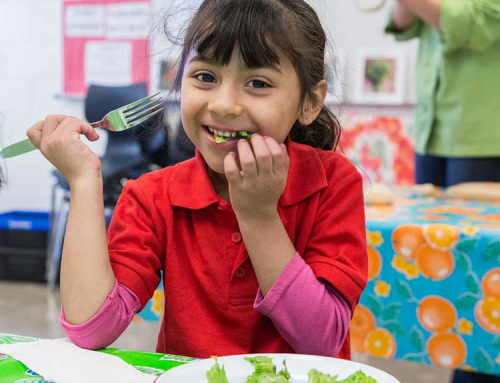 Miriam-Webster Dictionary defines bullying as “abuse and mistreatment of someone vulnerable by someone stronger, more powerful, etc.” About 1 in 7 children experience being bullied once a week. Bullying has become a huge topic nowadays and sometimes parents wonder what the best way to handle the situation is.
Miriam-Webster Dictionary defines bullying as “abuse and mistreatment of someone vulnerable by someone stronger, more powerful, etc.” About 1 in 7 children experience being bullied once a week. Bullying has become a huge topic nowadays and sometimes parents wonder what the best way to handle the situation is.
One thing parents or caregivers can do is to help children build their problem solving and coping skills. Building these two skills will help children become more resilient and will help them overcome other situations as they go through their pre-teen, teen, and adult years.
Below are some key points from a Triple P Tip Sheet, Being Bullied. Triple P, Positive Parenting Program, is an evidence-based parenting program that has a wide range of resources to help those raising children from birth to eighteen years of age. The strategies used in Triple P have been helpful to so many families and the curriculum is used in many countries around the world. Further information on how you can get connected with a Triple P provider is available at the end of this article.
Bullying Key Steps
- If bullying is occurring, take action right away– tell your child what you are going to do to help them and what steps you may take moving forward.
- Talk to the adults in charge of the place where the bullying occurs– often times bullying takes place away from adults and therefore an adult may not always know that bullying is happening. Once adults in charge are more aware of the situation they will often keep a closer eye on the child and the bully. The adults in charge may also speak to the bully and their parents/guardians.
- Calmly listen to your child and find out exactly what has been happening– Really listen to your child and let them tell you what is going on. Ask clarifying questions to get a good picture of the interaction between your child and the bully.
- Summarize the problem– after actively listening to your child, summarize the facts that you heard back to them to check that you heard accurately.
- Tell your child some possible reasons for the bullying– Helping your child figure out a reason for the bullying will help your child later define possible solutions to the problem. If your child simply thinks that the person is and will always be a bully, and then it is more difficult for them to see any possible solutions when dealing with the problem.
- Ask your child’s opinion on how to deal with the problem– Get out a piece of paper and let your child come up with possible solutions to solve the bullying. If your child is struggling to come up with solutions then they may need some prompted questions such as “What else could you try when Jimmy comes up and teases you?” If they continue to have difficulty you may also offer suggestions while being cautious not to take over.
- Think of a number of options and choose the ones that seem reasonable and likely to work– Rate the solutions with your child that you came up with on your list of solutions from 1-5 with 1=Not Likely to Work, and 5=Very Likely to Work. Then have your child choose which solutions they are willing to try out.
- Act out the solution with your child before they try it out– Practice and act out the solutions with your child where you pretend to be the bully in the scenario. After the role play give your positive feedback. First tell your child the things you thought they did well in the play scenario, and then suggest things they may do differently.
- Check if the chosen solution is successful– Keep checking in daily to see how the plan is working. Remember to praise your child for coping with the bully. If severe bullying is still taking place or the actions worsen, contact a staff person from the place the bullying is happening or contact law enforcement if anyone’s safety is in jeopardy.
If you are interested in learning more about Triple P, or if you would like parenting assistance, please call First 5 Inyo at 760-873-6453 to reach one of our accredited Triple P providers.






